Did you know the Basque Country, home to the beautiful city of San Sebastian, extends into French territory? The Basque region is a nation caught between two countries, straddling northern Spain and Southern France, divided by the Pyrenees Mountain range.
The number of Basque provinces is politically ambiguous. However, locals from San Sebastian, Bilbao, or Vitoria, particularly those educated in Basque schools (ikastolas), firmly believe the Basque Country consists of seven provinces—four in Spain and three in France.
Basques refer to the French Basque Country as Iparralde, and in française, they call it Pays Basque. Despite the geopolitical separation, the two sides are viewed as one by locals and share traditions, cuisine, and most importantly, the ever-mysterious Euskara, the Basque language.
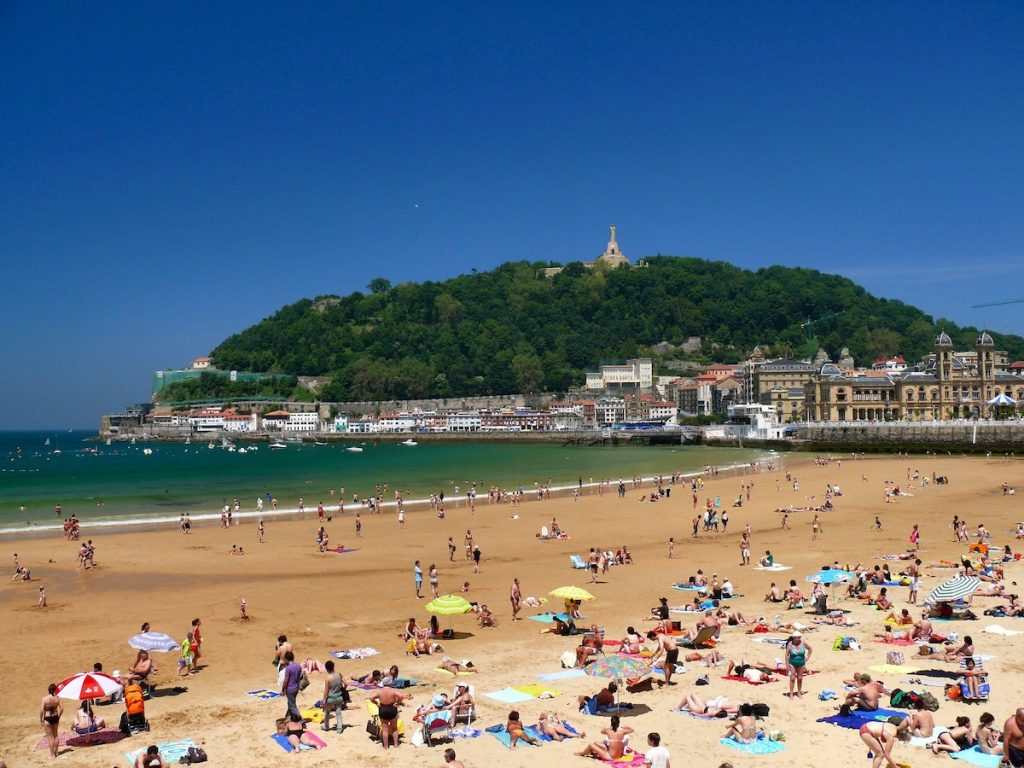
Why visit the French Basque Country?
The charm of Pays Basque lies in its myriad of quaint villages along the dramatic Atlantic coastline. Unlike the rest of the Basque Country, Iparralde didn’t go through heavy industrialization, allowing it to remain a rural beauty. The region boasts unique architecture, characterized by “baserris” — traditional Basque farmhouses made of half-timber or stone with timber painted in red, blue, or green.
Exploring the French Basque Country you’ll discover a tranquil hidden gem with endless beaches, ancient caves, historical sites, and a gastronomy that blends the best of the French and Basque cultures. Check out our insider’s guide to find the best attractions and experiences.
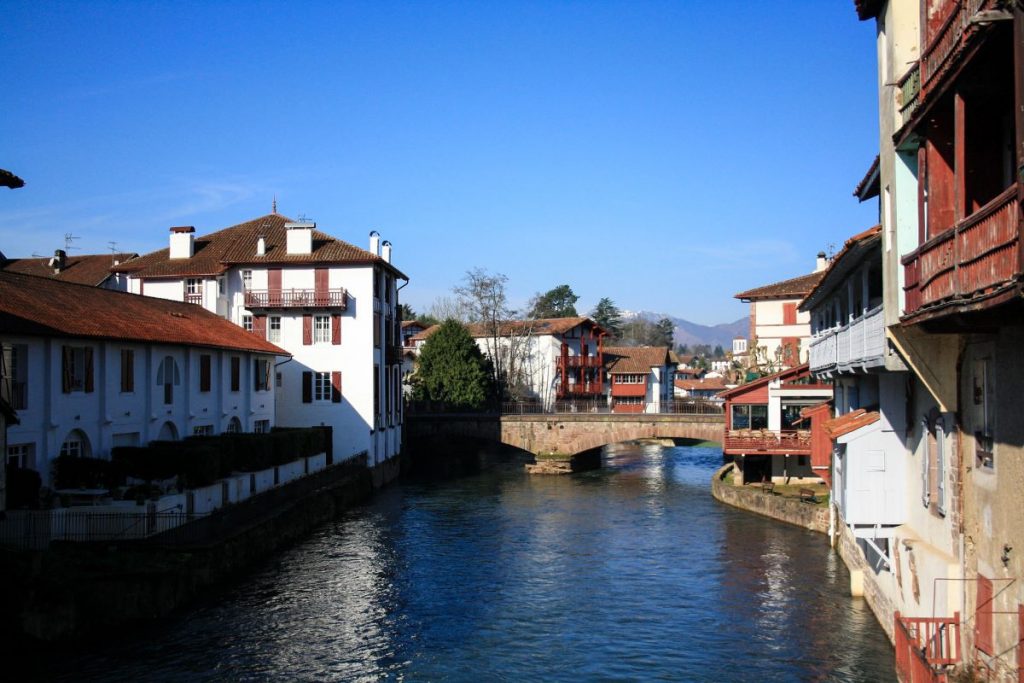
The best towns to visit in the French Basque Country
Hendaye: A historic seaside town
If you’re traveling from San Sebastián, this beautiful and historic seaside town is your starting point for exploring the French Basque Country. Hendaye is the final stop on the San Sebastián metro network. You can take the metro in Spain and easily cross into France hassle-free!
The town features more than 70 Neo-Basque villas in its beach district. The highlight of Hendaye is a stunning 3 km-long stretch of pristine white-sand beach.
Interesting fact: A meeting between Spanish dictator Franco and Hitler in Hendaye changed the course of Spanish clocks during the Second World War.
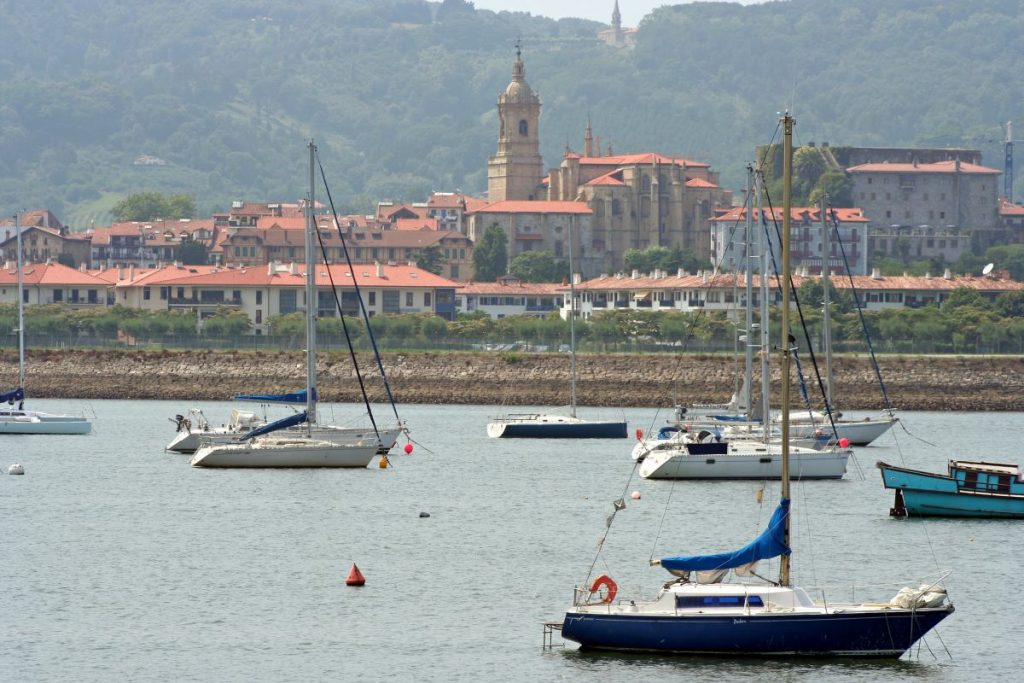
Biarritz: A coastal gem
Biarritz, a chic seaside resort, is often called mini-Paris for its elegance. The Grande Plage, the beach of queens and kings, gained fame when Napoleon III built a summer palace for Empress Eugénie. Word spread and Biarritz turned into a playground for royalty.
That summer house is now the impressive Hotel du Palais, a must-see building. Another highlight is the iconic Rock of the Virgin Mary, an island connected to the mainland by a bridge designed by Gustav Eiffel himself.
Insider’s favorite: Bookstore Biarritz is an enchanting bookshop featuring art deco stairs leading to a mezzanine with a hovering vintage bureau.
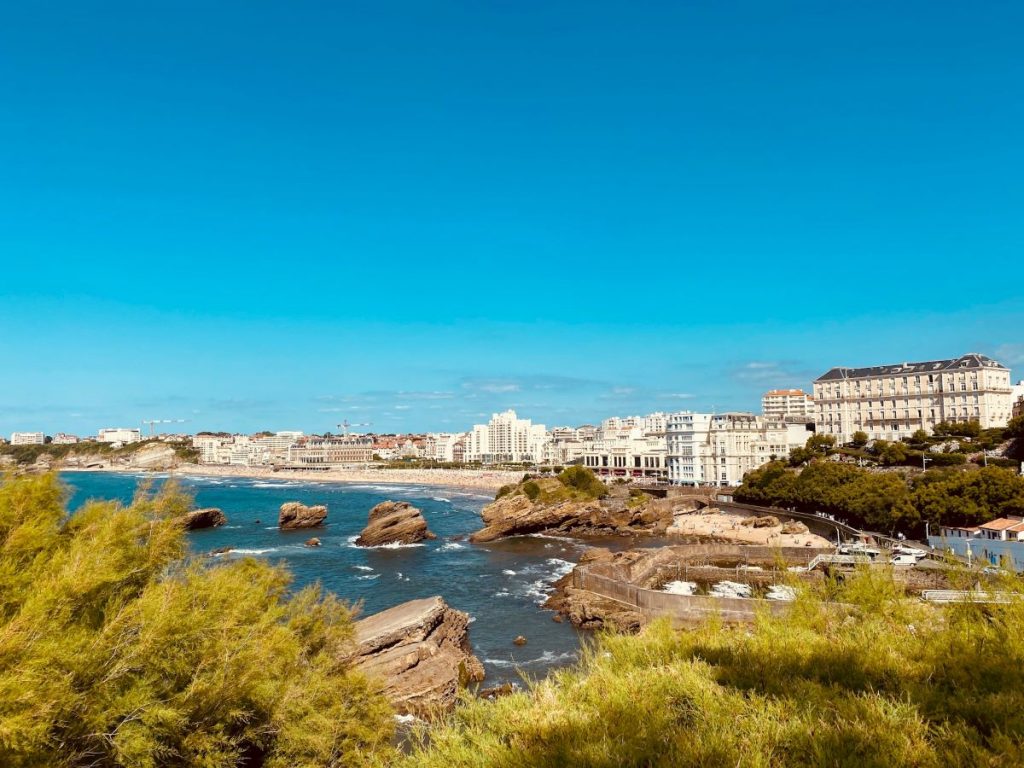
Bayonne: A town with a sweet touch
Have you ever wondered where Europe’s famous chocolate-making tradition began? Bayonne is the chocolate capital of France and played a crucial part in the spread of cocoa confection in Europe.
This well-preserved medieval town with Gothic cathedrals has chocolatiers dating back to the 17th century. There are many, many places to enjoy the local speciality, but Chocolat Cazenave is a beloved favorite. Additionally, the city is famous for its jambon de Bayonne (Bayonne ham), a prized local delicacy.
Bayonne locals are proud Basque citizens, which shows when you visit the Basque Cultural Institute nearby— a beautiful chateau that is dedicated to preserving and promoting the Basque culture.
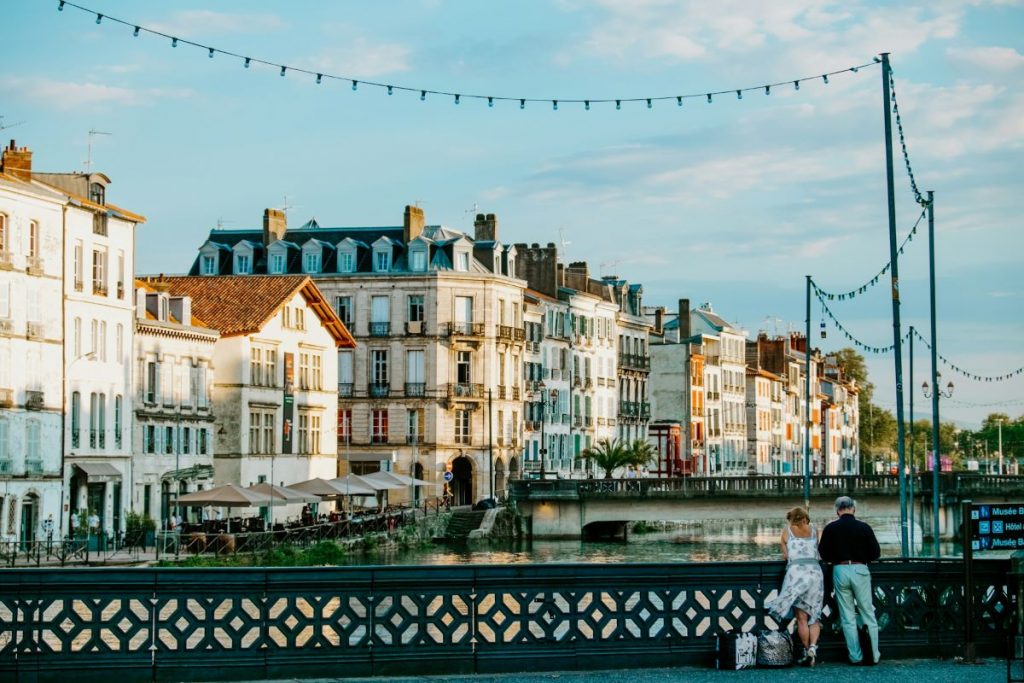
Saint-Jean-de-Luz: A picturesque fishing village
Saint-Jean-de-Luz hosts a lively fish market where the day’s catch is sold. They have one of the oldest harbors in the Cote Basque. Here, in what’s referred to as the “flying fish” tradition, fishermen toss fish from boat to market stall, adding to the vibrant atmosphere.
Additionally, this quaint fishing village has a fishy past, pun intended. In the 17th and 18th centuries, Saint-Jean-de-Luz was notorious for its corsairs, pirates authorized by the French crown to attack enemy ships. Fortunately, today is a lovely and safe environment and highly popular among surfers from around the world.
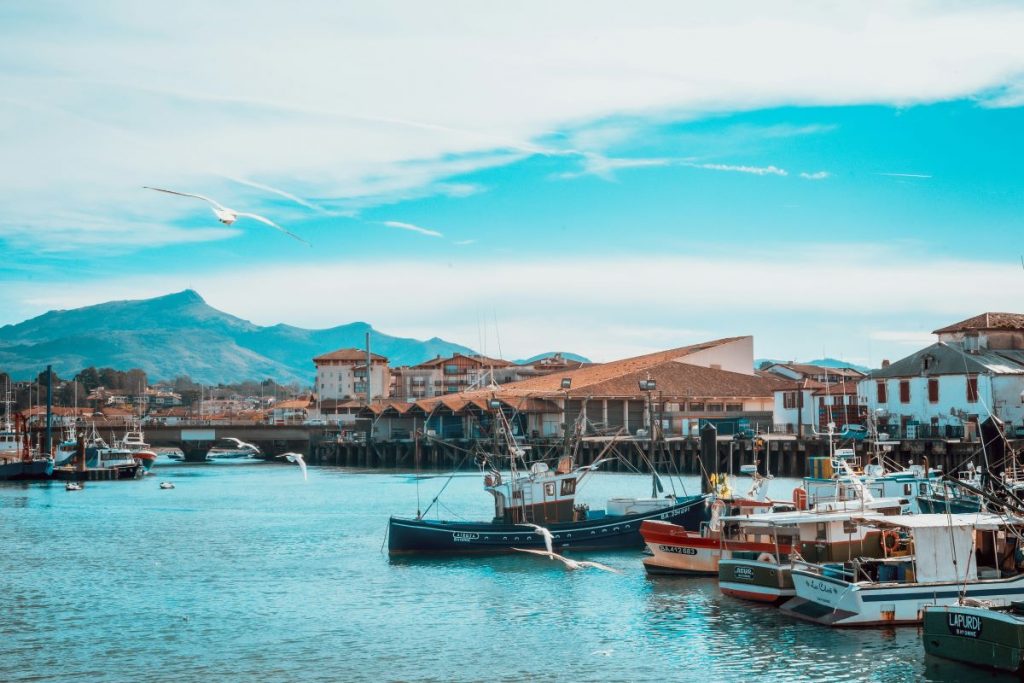
Saint-Jean-Pied-de-Port: Gateway to El Camino
Saint-Jean-Pied-de-Port marks the beginning of the Camino Francés, the most popular route of the Camino de Santiago. Cross the town’s iconic Porte Saint-Jacques, a UNESCO World Heritage site to walk the historical St James’s steps.
This major pilgrim mecca is nestled by the Iraty forest, Europe’s largest beech tree forest. According to Basque mythology, Iraty is the home of the “Basajaun”, a yeti-type creature known as “Lord of the forest”.
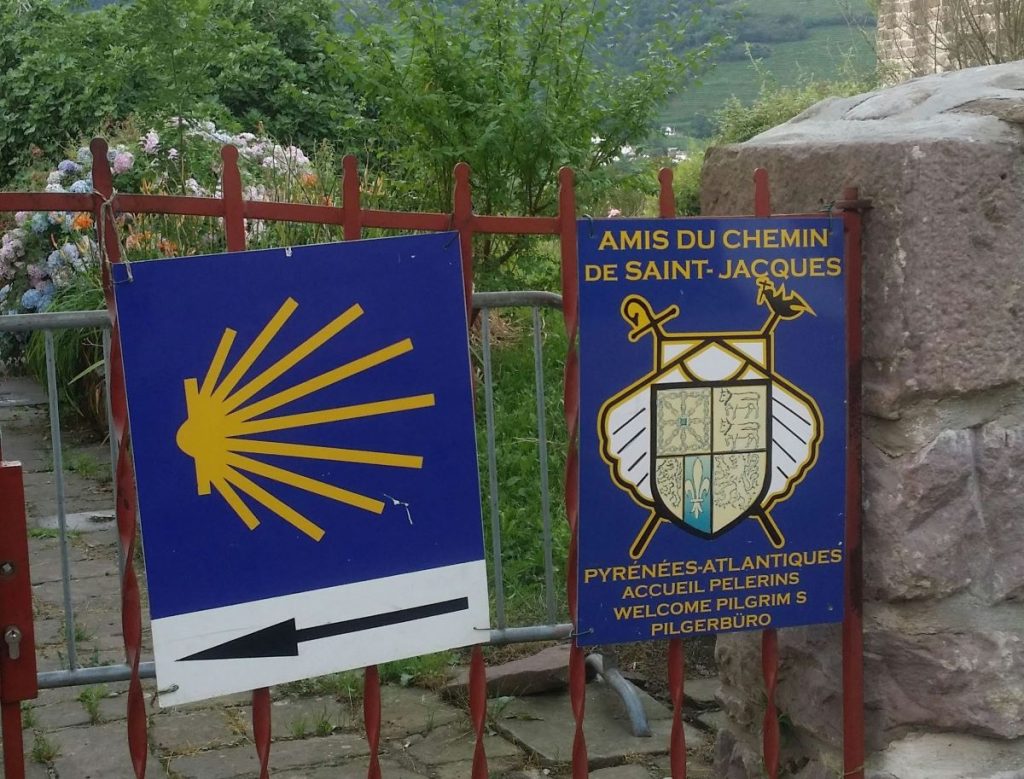
The Petit Train de la Rhun: The vintage railcar
The Petit Train de la Rhune is so cute and quirky that it features in the “Accidentally Wes Anderson” web. The vintage train has operated since 1924 and is one of the few remaining narrow-gauge cog railways in France. The ride offers a truly scenic experience, 360-degree views of the Basque Country, Atlantic Ocean, and Pyrenees Mountains!
During the journey, passengers can spot native Basque Pottok ponies, and the sacred mountain La Rhune, with its ancient dolmens and stone circles.
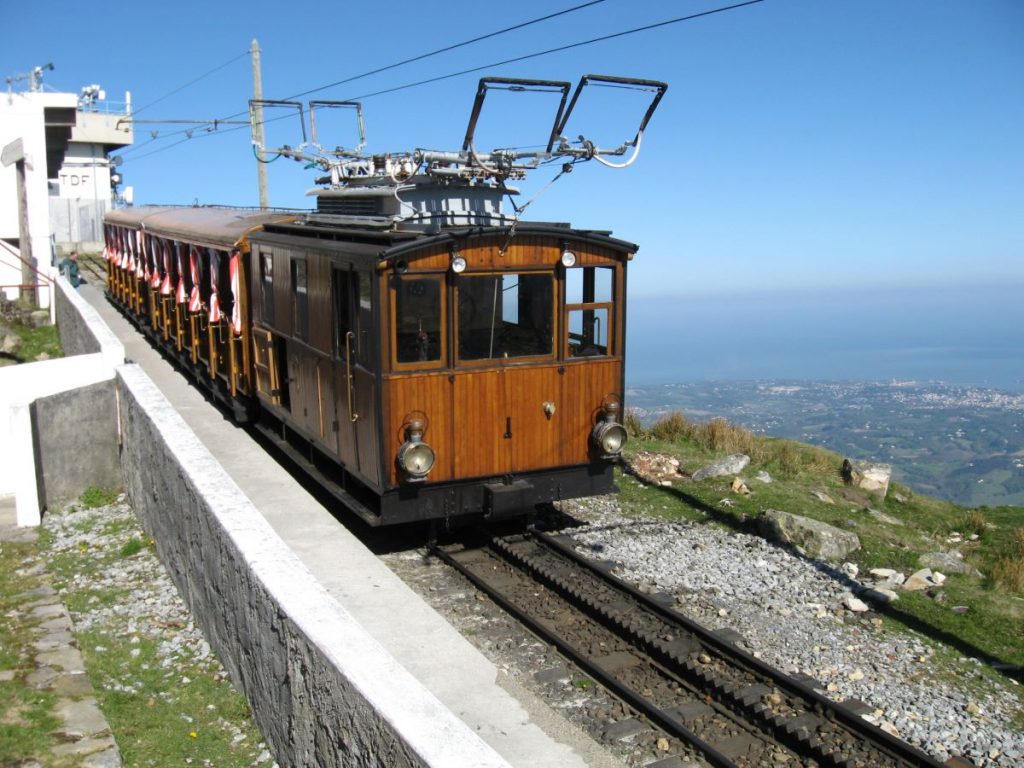
Grottes de Sare: Prehistoric caves
Visiting the caves of Sare offers a unique opportunity to explore the natural and cultural history of the Basque Country, making it a must-see destination for enthusiasts of geology, history, and mythology. The cave art dates back over 2 million years. They have been used for rituals and as a refuge by ancient Basque people.
Not far from the caves, there’s the Basque Cake Museum where you can take a workshop and learn how to make the delicious cherry-flavored Gateau Basque.
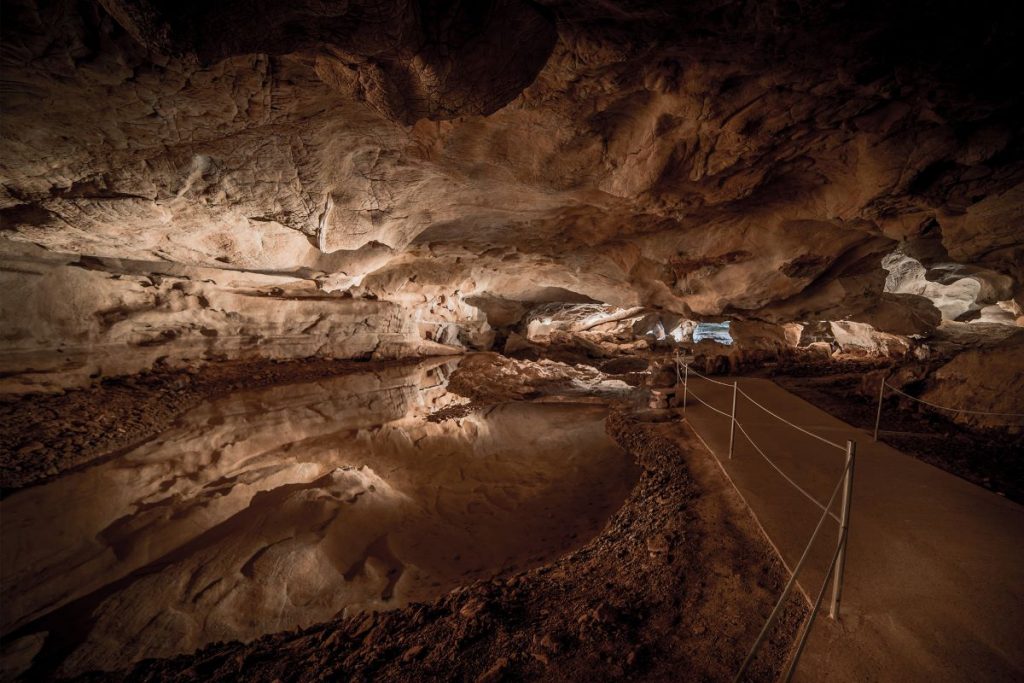
Tips for visiting the French Basque Country
Best time to visit
The best times of the year to visit Pays Basque are either during the summer months or around Christmas time. In the hotter months, enjoy the Fêtes de Bayonne, the Basque French version of San Fermines, and access the train de La Rhune and the caves from spring to autumn. At Christmas, don’t miss the Bayonne lantern night, a staple of the Basque Nöel festivities, and have a soirée at the cozy Christmas market by the sea in Biarritz.
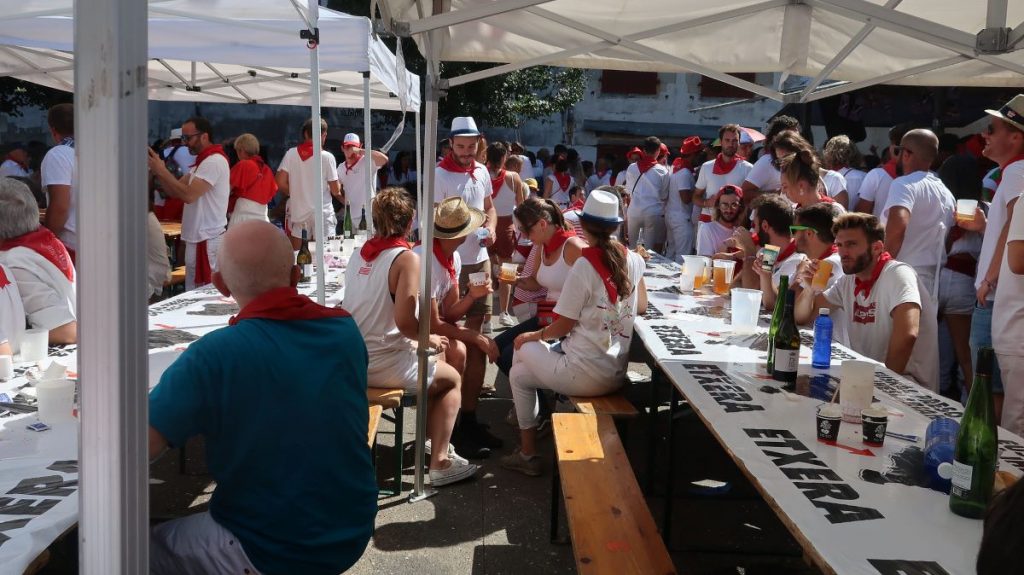
Practical travel tips
- All the must-see spots mentioned are within a one to two-hour drive from San Sebastián, making them perfect for day trips. If you plan to stay in the region, we recommend booking your accommodation in advance, as it’s not a heavily touristy area and there are fewer options compared to San Sebastián.
- Pays Basque is exceptionally well-suited for camping and van life, the most popular way to explore the French Basque Country. Here’s a guide to the best camping spots in the area. Embrace your inner camper in Iparralde!
Embracing the Basque spirit
The French Basque Country offers a perfect blend of natural beauty, rich Basque culture, and historical intrigue. Whether you’re a history buff, nature lover, or foodie, Iparralde has something for everyone. And if you’re using San Sebastian as a base to explore the French Basque Country, make sure to check out our San Sebastian Tours to dive deeper into this beautiful and unique corner of the world.

